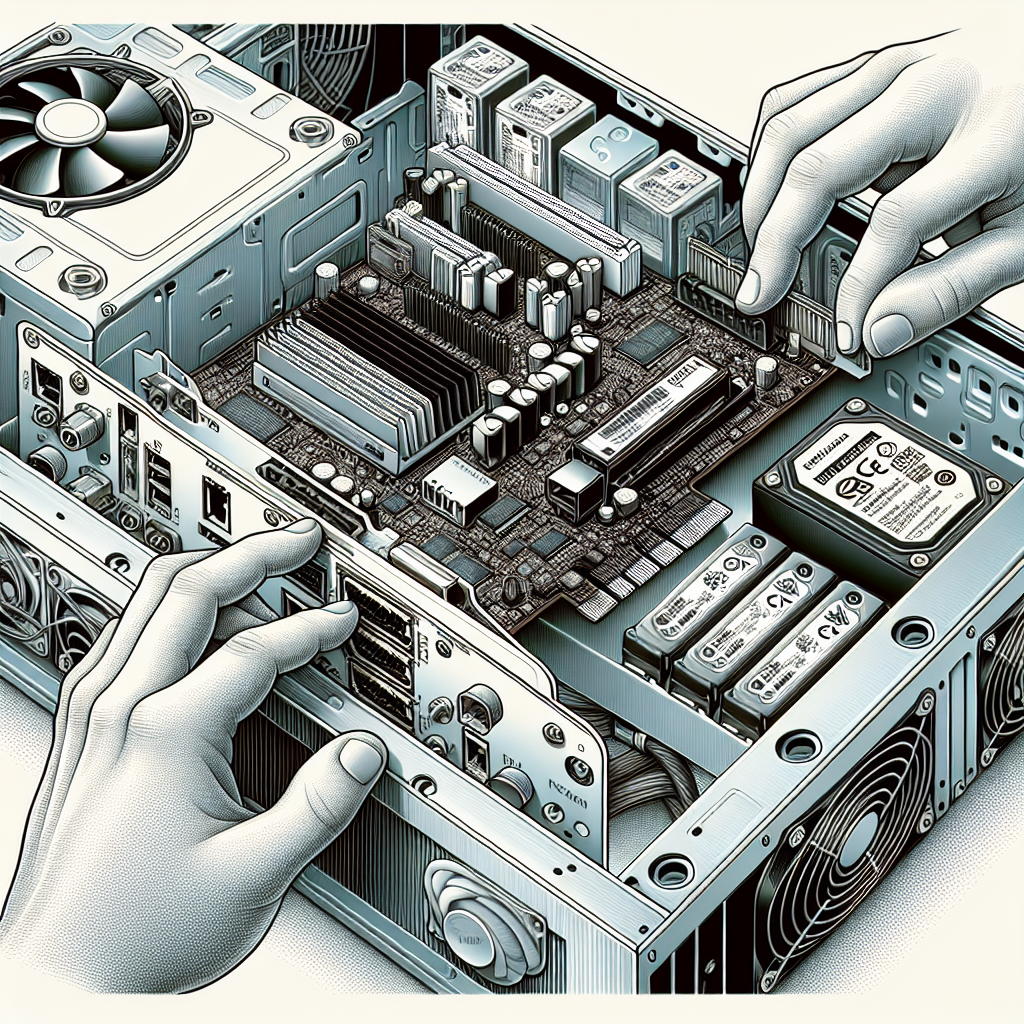How do you install a network adapter in a desktop computer?
Installing a network adapter in a desktop computer is a straightforward process that boosts your machine’s ability to connect to wired or wireless networks. Whether your network adapter is outdated or not working, understanding how to replace or install a new one is crucial. In this guide, we will walk you through the process step-by-step.
Requirements Before Getting Started
Before diving into the installation, ensure you have the following tools and materials:
- A compatible network adapter (PCI, PCIe, or USB)
- Phillips head screwdriver
- Anti-static wrist strap (optional but recommended)
- Ethernet cable (for wired connections)
- Drivers for the new network adapter
Network Adapter Types
Before making a purchase, it is wise to know the different types of network adapters available:
| Adapter Type | Description |
|---|---|
| PCI | An older standard usually found in older computers. |
| PCIe | A more modern standard that offers faster speeds and more bandwidth. |
| USB | A portable option that can be used on multiple devices. |
Step-by-Step Installation Process
Step 1: Power Down and Unplug
First, turn off your desktop computer and unplug it from the outlet. This ensures your safety and protects the hardware.
Step 2: Open the Computer Case
Using a Phillips head screwdriver, remove the screws from the side panel of your computer case. Place the screws in a safe spot so you can easily reassemble the case later.
Step 3: Ground Yourself
Static electricity can damage computer components. Use an anti-static wrist strap if available, or touch a grounded metal object before handling internal components. This reduces the risk of static-induced damage.
Step 4: Identify the Slot for the Network Adapter
Locate an available PCI or PCIe slot on the motherboard, depending on the type of network adapter you have. Ensure that the slot is free of dust and debris.
Step 5: Install the Network Adapter
Carefully insert the network adapter into the slot. Press down firmly but gently until the card is fully seated in its slot. Secure the card with a screw to ensure it stays in place.
Step 6: Close the Case and Reconnect
Once the adapter is securely installed, replace the side panel of the computer case and screw it back into place. Reconnect all cables and peripherals.
Step 7: Power On and Install Drivers
Turn on the computer and wait for the operating system to recognize the new hardware. Insert the driver CD that came with the network adapter or download the drivers from the manufacturer’s website to complete the installation.
Troubleshooting Common Issues
Issue 1: Network Adapter Not Recognized
If your operating system doesn’t recognize the network adapter, ensure it is properly seated and that the drivers are correctly installed. You might also want to check the BIOS settings to ensure that the slot is enabled.
Issue 2: Slow Connection Speeds
Slow speeds can result from outdated drivers, poor signal strength, or an incorrectly seated adapter. Update the drivers and ensure the adapter is installed correctly.
Issue 3: No Internet Connection
If you cannot connect to the internet, double-check the network settings and ensure your ISP connection is active. If necessary, consult your service provider for further troubleshooting.
Conclusion
Installing a network adapter in a desktop computer is a manageable task, even for those with limited technical knowledge. By following this comprehensive guide, you can enhance your computer’s connectivity, providing you with reliable access to the internet. Happy surfing!

